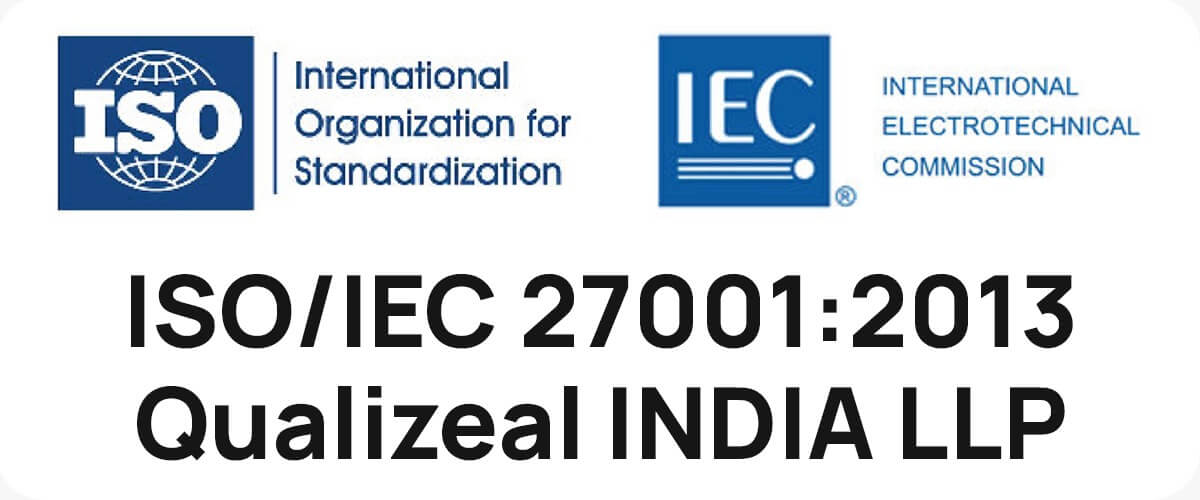In today’s hyper-connected world, cyber threats are evolving at an unprecedented pace, making proactive security testing more critical than ever. According to Cybersecurity Ventures, global cybercrime costs are expected to reach $10.5 trillion annually by 2025, underscoring the immense financial stakes. Gartner’s research further highlights that 60% of organizations will face major service failures due to security vulnerabilities by 2026. These alarming statistics reveal a stark reality: traditional reactive measures are no longer sufficient. To stay ahead of the threat curve, companies must adopt cutting-edge, proactive security testing strategies designed to anticipate and neutralize threats before they strike. In this blog, we will explore the most effective approaches to proactive security testing, providing insights and best practices to fortify your organization’s defenses in the modern era.

Understanding the Proactive Approach
Proactive security testing involves anticipating potential threats and identifying vulnerabilities before they can be exploited by attackers. This approach stands in contrast to reactive security measures, which only address issues after a breach has occurred. By integrating proactive strategies into your security framework, you can significantly reduce the risk of attacks, minimize potential damage, and ensure the integrity of your systems.
Key Proactive Security Testing Strategies
1. Threat Modeling
Threat modeling is a structured approach to identifying and prioritizing potential threats to your systems. By understanding the possible attack vectors and the motivations of potential attackers, you can develop targeted defenses to mitigate these risks. Threat modeling involves:
- Identifying Assets: Determine what data or systems are most valuable and likely to be targeted.
- Enumerating Threats: List potential threats based on the identified assets.
- Assessing Vulnerabilities: Evaluate existing vulnerabilities that could be exploited.
- Developing Mitigations: Create strategies to address and neutralize these threats.
Managing test data is a challenging undertaking that frequently causes automation failures. Inconsistent or insufficient test data might lead to incorrect test findings.
2. Penetration Testing
Penetration testing, or ethical hacking, simulates real-world attacks to uncover vulnerabilities in your systems. Skilled testers attempt to breach your defenses using the same tools and techniques as malicious hackers. Penetration testing provides a realistic assessment of your security posture and helps you identify and fix vulnerabilities before they can be exploited. Regular penetration tests are crucial, especially after significant changes to your infrastructure.
3. Continuous Integration and Continuous Deployment (CI/CD) Security
Incorporating security into your CI/CD pipeline ensures that security checks are part of the software development lifecycle. By integrating automated security testing tools, you can identify and address vulnerabilities early in the development process. This approach not only improves security but also enhances the efficiency of your development cycles.
4. Red Teaming
Red teaming involves a dedicated team of security experts simulating sophisticated, targeted attacks on your organization. Unlike penetration testing, which focuses on specific vulnerabilities, red teaming evaluates your overall security posture and response capabilities. This strategy provides a comprehensive view of your defenses and helps you identify gaps that might be overlooked in other testing methods.
5. Bug Bounty Programs
Bug bounty programs incentivize external security researchers to find and report vulnerabilities in your systems. By leveraging the diverse skills and perspectives of the global security community, you can uncover and address issues that internal teams might miss. Successful bug bounty programs include clear guidelines, fair compensation, and a commitment to timely vulnerability remediation.

Best Practices for Proactive Security Testing
1. Foster a Security-First Culture
Creating a culture that prioritizes security is essential for effective proactive security testing. This involves training employees, promoting security awareness, and ensuring that security considerations are integrated into all aspects of your operations. A security-first culture empowers employees to recognize and address potential threats, reducing the likelihood of successful attacks.
2. Regularly Update and Patch Systems
Keeping your systems and software up to date is a fundamental aspect of proactive security. Regular updates and patches address known vulnerabilities, reducing the risk of exploitation. Implementing automated patch management solutions can streamline this process and ensure timely updates across your infrastructure.
3. Conduct Regular Security Audits
Regular security audits provide an objective assessment of your security measures and help identify areas for improvement. These audits should include reviews of your policies, procedures, and technical controls. By conducting regular audits, you can ensure that your security practices remain effective and up to date.
4. Collaborate with External Experts
Partnering with external security experts can provide valuable insights and enhance your proactive security testing efforts. These experts bring a wealth of experience and specialized knowledge, helping you stay ahead of emerging threats and industry trends. Consider engaging with security consultants, attending industry conferences, and participating in professional networks to stay informed and connected.
5. Leverage Advanced Technologies
Emerging technologies such as artificial intelligence (AI) and machine learning (ML) can significantly enhance your proactive security testing capabilities. AI and ML can analyze vast amounts of data to identify patterns and anomalies that may indicate potential threats. By incorporating these technologies into your security strategy, you can improve threat detection and response times.

Taking Action: Building a Resilient Security Framework
As cyber threats continue to grow in scale and sophistication, adopting proactive security testing strategies is essential for safeguarding your organization’s assets and reputation. By implementing threat modeling, penetration testing, CI/CD security, red teaming, and bug bounty programs, you can anticipate and neutralize threats before they cause harm. Additionally, fostering a security-first culture, regularly updating systems, conducting security audits, collaborating with external experts, and leveraging advanced technologies will further strengthen your defenses.bounty programs, you can anticipate and neutralize threats before they cause harm. Additionally, fostering a security-first culture, regularly updating systems, conducting security audits, collaborating with external experts, and leveraging advanced technologies will further strengthen your defenses.
Don’t wait for a breach to occur—take action now to stay ahead of the threat curve. For expert guidance and support in implementing proactive security testing strategies, contact QualiZeal at qzinfo@qualizeal.com or visit our website at www.qualizeal.com. Let us help you build a resilient security framework that stands strong against the evolving threat landscape.












